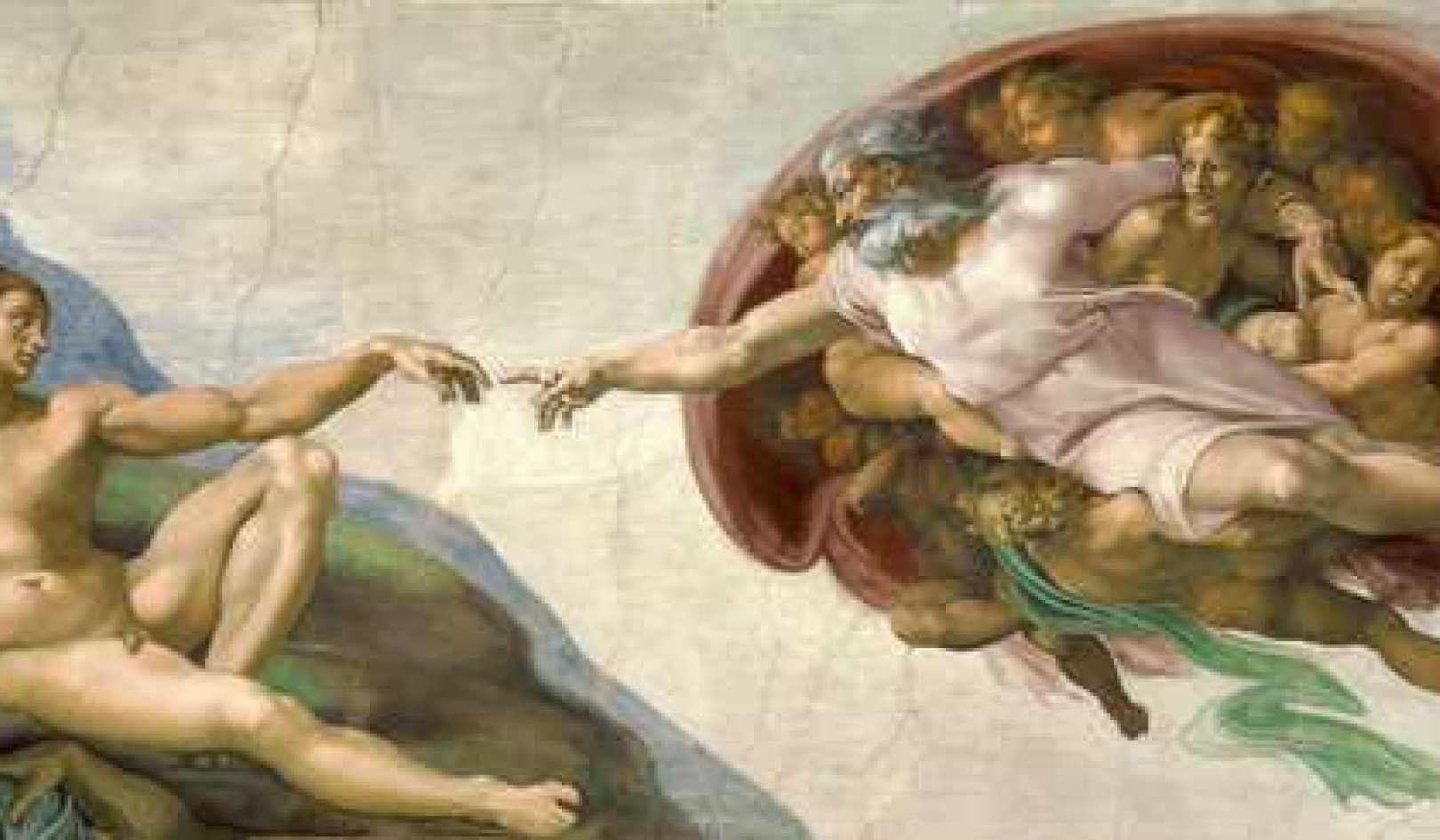
Image by 4537668
A continuous present is a continuous present.
— Gertrude Stein
I love the instant theater of playing music that feels just right for now and then disappears forever. I also love how good it feels to delete a sentence from a paragraph I wrote twenty years ago. That sentence and its neighbors had always bothered me. I tried to fix them from time to time but never managed. Then I simply deleted it, and now the neighbors are happy and the paragraph moves unimpeded. Hitting the delete key takes place in an instant, but getting to the point of hitting it has taken a long time.
The ancient Greeks spoke of two kinds of time, or two experiences of time: chronos and kairos. Chronos is what we now call clock time, objective time. In music, chronos is metronome time. Kairos is timeliness, the opportune moment that surges out from our experience, something that cannot happen at any time but only at this time. Educators call it the teachable moment. Hitting the delete key on that sentence takes place in the enhanced reality of kairos. In chronos it takes either half a second or twenty years.
The Way of Tea: One Time, One Meeting
There is a saying from the sixteenth-century Japanese tea master Sen no Riky?: ichi-go ichi-e. Literally it means “one time, one meeting.” A once-in-a-lifetime encounter, unprecedented and unrepeatable.
Tea ceremony is a highly ritualized activity; at first glance it seems far from improvisational. Practitioners can spend a lifetime perfecting their skills handling utensils, creating the ambience of the space, refining the very formal decorum of their interaction with participants.
The host and guest interact in a strictly prescribed sequence: you sit just so, the water is poured just so, the tea whisk is handled just so. The guest raises the bowl slightly and then turns it to drink from the rear edge to express humility and appreciation, and both participants understand the significance that codifies.
Beginning, middle, and end are defined, and the same host and guests may enact a tea ceremony in the future. But today’s experience can never be reproduced: the call of a wild bird outside mixing with the sound of the kettle at boiling point, the conversation at different points picking up, slowing down, and lapsing into quiet, the deliberate nature of each gesture combining and blending with the unforeseen environmental factors of light and sound form a permeable whole that allows for both experiences of time, chronos and kairos. The result is that this meticulous ritual becomes a context for the participants to deeply realize the impermanence and preciousness of their interaction just now.
The Uniqueness In Each Repeated Performance
In this sense, chado, the “Way of Tea,” is not unlike many concerts of Western classical music. A concert is a ritualized form of social interaction and specialized craft. Though a piece may be performed repeatedly with the same or similar parameters, every time it is a unique experience, in one way or another. The point of undertaking the ritual is that despite its highly structured and precise nature, it is an encounter that cannot be predicted, controlled, or re-created.
In this moment, preparing and creating, the technical and the sacred, flow together seamlessly like a devotional dance. And then the moment vanishes.
We treat a fleeting encounter with the seriousness of deep play. Our meeting is one of a kind in the history of the universe. It will never be like this again.
Excerpted with permission from "The Art of Is".
©2019 by Stephen Nachmanovitch. All Rights Reserved.
Publisher: New World Library. www.newworldlibrary.com
Article Source
The Art of Is: Improvising as a Way of Life
by Stephen Nachmanovitch “The Art of Is is a philosophical meditation on living, living fully, living in the present. To the author, an improvisation is a co-creation that arises out of listening and mutual attentiveness, out of a universal bond of sharing that connects all humanity. Drawing from the wisdom of the ages, The Art of Is not only gives the reader an inside view of the states of mind that give rise to improvisation, it is also a celebration of the power of the human spirit, which — when exercised with love, immense patience, and discipline — is an antidote to hate.” — Yo-Yo Ma, cellist (Book is also available in Kindle format. Audiobook, and MP3 CD)
“The Art of Is is a philosophical meditation on living, living fully, living in the present. To the author, an improvisation is a co-creation that arises out of listening and mutual attentiveness, out of a universal bond of sharing that connects all humanity. Drawing from the wisdom of the ages, The Art of Is not only gives the reader an inside view of the states of mind that give rise to improvisation, it is also a celebration of the power of the human spirit, which — when exercised with love, immense patience, and discipline — is an antidote to hate.” — Yo-Yo Ma, cellist (Book is also available in Kindle format. Audiobook, and MP3 CD)
More books by this author
About the Author
 Stephen Nachmanovitch, PhD performs and teaches internationally as an improvisational violinist, and at the intersections of music, dance, theater, and multimedia arts. In the 1970s he was a pioneer in free improvisation on violin, viola and electric violin. He has presented master classes and workshops at many conservatories and universities, and has had numerous appearances on radio, television, and at music and theater festivals. He has collaborated with other artists in media including music, dance, theater, and film, and has developed programs melding art, music, literature, and computer technology. He has created computer software including The World Music Menu and Visual Music Tone Painter. He is the author of Free Play (Penguin, 1990) and The Art of Is (New World Library, 2019). Visit his website at http://www.freeplay.com/
Stephen Nachmanovitch, PhD performs and teaches internationally as an improvisational violinist, and at the intersections of music, dance, theater, and multimedia arts. In the 1970s he was a pioneer in free improvisation on violin, viola and electric violin. He has presented master classes and workshops at many conservatories and universities, and has had numerous appearances on radio, television, and at music and theater festivals. He has collaborated with other artists in media including music, dance, theater, and film, and has developed programs melding art, music, literature, and computer technology. He has created computer software including The World Music Menu and Visual Music Tone Painter. He is the author of Free Play (Penguin, 1990) and The Art of Is (New World Library, 2019). Visit his website at http://www.freeplay.com/

























